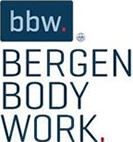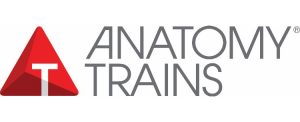
- Beklager. Denne hendelse har allerede funnet sted.

Ida Rolf said, “seeing is touch at a distance”. Understanding skeletal relationships within the body is the first step in helping our clients unwind movement and postural patterns that are causing pain, dysfunction and keeping them from optimal movement. “Touch is seeing up close” being able to accurately palpate bones to determine relationships is key in our ability to accurately describe those relationships.
“The art of seeing into someone is an old and intuitive one” states Tom Myers, author of BodyReading: Visual Assessment and the Anatomy Trains. This Master Class offers an effective tool to map soft tissue patterns seen in bends, tilts, shifts, and rotations, and once the assessment is completed, how to create a strategy to shape the change either through manual therapy or movement. Bodyreading is useful for any bodywork practitioner using manual therapy—including physiotherapists, osteopaths, chiropractors, myofascial and trigger point therapists, and massage therapists. Bodyreading is also a great tool or for movement professionals – teachers of yoga, pilates, GYROTONIC®, and personal trainers – providing the information needed to deliver effective treatments and programs to create long-lasting, systemic change in clients’ shape and structure
101: This one day workshop explores relational anatomy and helps build your seeing and palpation skills to determine skeletal patterns and how they interact in the body. Learn the language of BodyReading, tilt, bend, shift and rotate to accurately describe the geometry of the body in a way your client can understand. Assess common postural patterns in all planes of motion. Skills learned today can be immediately used with your clients tomorrow. This is a must for any practitioner in movement and bodywork and will help take your practice to the next level.
102: Now you are able to see and describe bony relationships learn about the inter-relationships between the Anatomy Trains and the skeleton. The Anatomy Trains lines of pull and force transmission are impacted by skeletal alignment and can also hold the bony alignment in place for better or worse.
“Where you think it is, it ain’t!” – Ida Rolf
Learn how the problem can be very distant from the area of pain.
This workshop covers:
- How the meridians can hold a postural pattern and be influenced by skeletal alignment.
- Tensegrity
- Concentric and eccentric loading and the forces that shape our body
- Basic functional assessments to see what is moving, what isn’t and what may be moving too much!
- How a local restriction can have a global impact
- How to document your findings
Registration fee: 200.-
Early Bird sign up before 01.03.23: 4900.-



